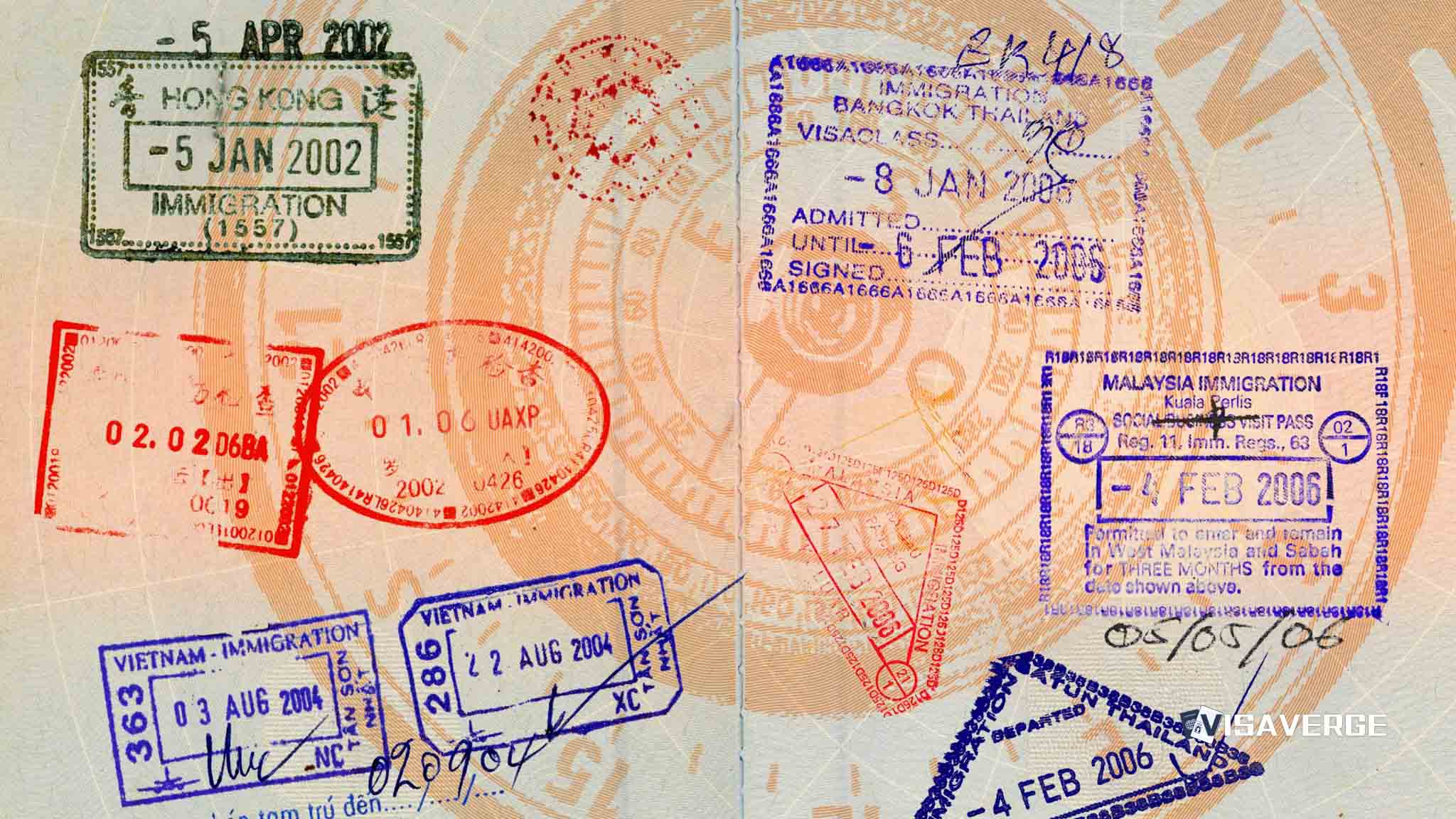Navigating Visa Issues for PERM Application Employees
Employers sponsoring foreign workers through the Program Electronic Review Management (PERM) process can face hurdles if their employee encounters visa challenges such as a visa stamping refusal or administrative processing delays. Here are steps to effectively respond to these unexpected issues.
Understanding the PERM Application Process
Before diving into how to handle visa issues, it’s critical to have a grasp of the PERM application process. PERM is the initial step for foreign nationals to obtain permanent residency through employment in the U.S. It involves a labor certification by the Department of Labor (DOL) confirming that there are no qualified U.S. workers available for the job that the foreign worker is offered.
Responding to Visa Stamping Refusals
Visa stamping refusal can be demoralizing, but it’s essential to identify the reason for the refusal. Common reasons include incomplete application, documentation errors, or the consulate’s need for additional security checks. Here’s how a company can support its employee:
- Review the Refusal Notice: Carefully examine the refusal letter to understand the specific reasons for denial.
- Gather Additional Documentation: If the refusal is due to insufficient information, assist your employee in providing the necessary documentation.
- Legal Expertise: Consider engaging with an immigration attorney to address complex refusals or legal hurdles.
Handling Administrative Processing Delays

Sometimes, a visa application may be subject to administrative processing, which can lead to delays. While these are typically security-related checks that can’t be bypassed, employers can take certain steps:
- Stay Informed: Regularly check the status of the visa application online through the U.S. Department of State’s Consular Electronic Application Center (CEAC).
- Maintain Communication: Keep an open line of communication with the employee, offering reassurance and support during this period.
- Plan for Contingencies: If delays impact the job start date, consider contingency plans such as remote work arrangements, if feasible.
External Resources for Employers and Employees
For both employers and employees, staying updated on immigration policies is essential. Useful resources include:
- U.S. Department of Labor – Foreign Labor Certification
- U.S. Citizenship and Immigration Services – Permanent Workers
- U.S. Department of State – Visa Appointment & Processing Wait Times
Final Thoughts
While challenges like visa stamping refusal or administrative processing delays can be stressful, with a clear understanding of immigration procedures, proper documentation, and legal guidance when necessary, employers can assist their employees in navigating these obstacles successfully.
Visa issues do not necessarily signify the end of the PERM application process. By taking proactive and informed steps, both employers and employees can address and overcome these hurdles, moving closer to achieving their goal of employment-based permanent residency in the United States.
And that’s a wrap on navigating visa issues during the PERM application process! We’ve covered visa stamping refusals, administrative processing delays, and provided helpful resources for employers and employees. Remember, as frustrating as these hurdles can be, there’s always a way around them. So keep that chin up and explore more awesome content on visaverge.com. Trust me, you won’t be disappointed!
FAQ’s to know:
FAQ 1: What is the PERM application process and its significance in obtaining permanent residency through employment in the U.S.?
The PERM application process is the initial step for foreign nationals to obtain permanent residency through employment in the U.S. It involves a labor certification by the Department of Labor (DOL) confirming that there are no qualified U.S. workers available for the job that the foreign worker is offered. This process is critical as it establishes eligibility for employment-based permanent residency.
FAQ 2: How can an employer assist an employee who has faced a visa stamping refusal?
If an employee encounters a visa stamping refusal, an employer can take several steps to support them. First, it is important to review the refusal notice to understand the specific reasons for denial. If the refusal is due to insufficient information, assist the employee in gathering the necessary documentation. In complex cases, it may be helpful to engage with an immigration attorney for legal expertise and guidance.
FAQ 3: How can employers handle administrative processing delays that may affect visa applications?
When facing administrative processing delays that can impact visa applications, employers can take certain steps. They should regularly check the status of the visa application online through the U.S. Department of State’s Consular Electronic Application Center (CEAC). Maintaining open communication with the affected employee, offering reassurance and support, is crucial during this period. Additionally, employers should consider contingency plans such as remote work arrangements if delays affect the job start date.
What did you learn? Answer below to know:
True or False: PERM is the initial step for foreign nationals to obtain permanent residency through employment in the U.S. (Keywords: PERM application process, permanent residency)
What are some common reasons for visa stamping refusal? (Keywords: visa stamping refusal, reasons)
What should employers do if administrative processing delays impact the job start date for their employee? (Keywords: administrative processing delays, job start date)












